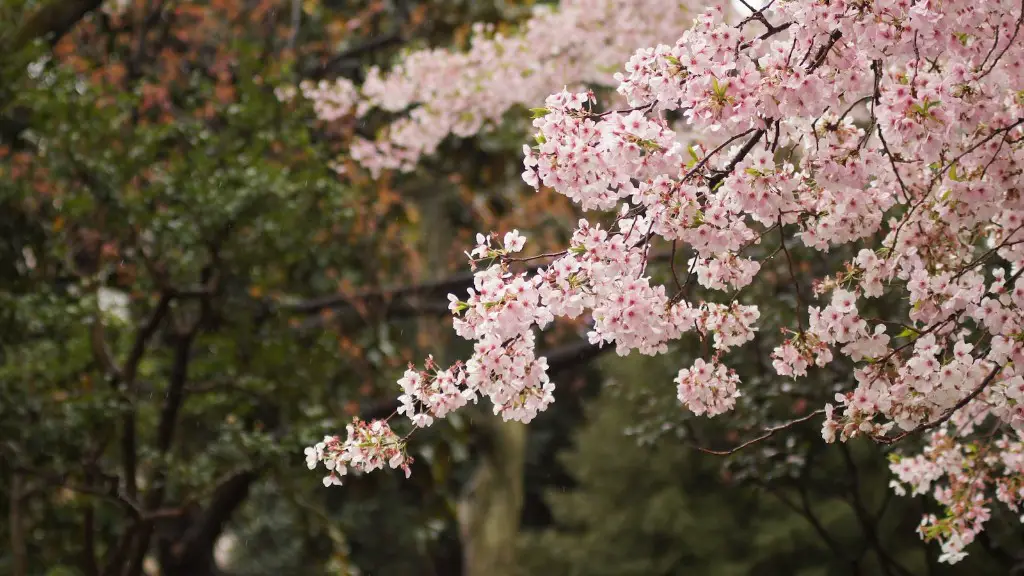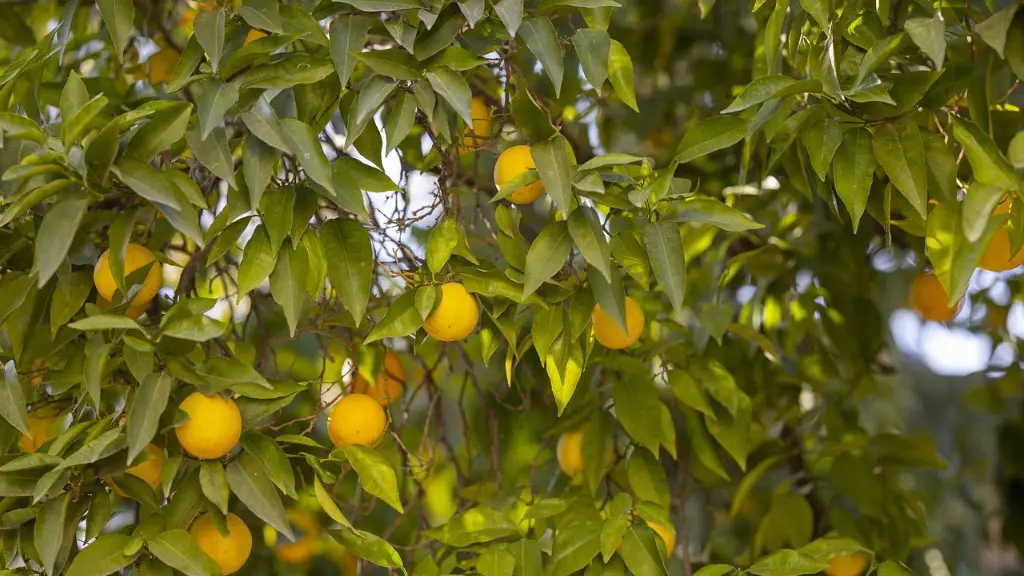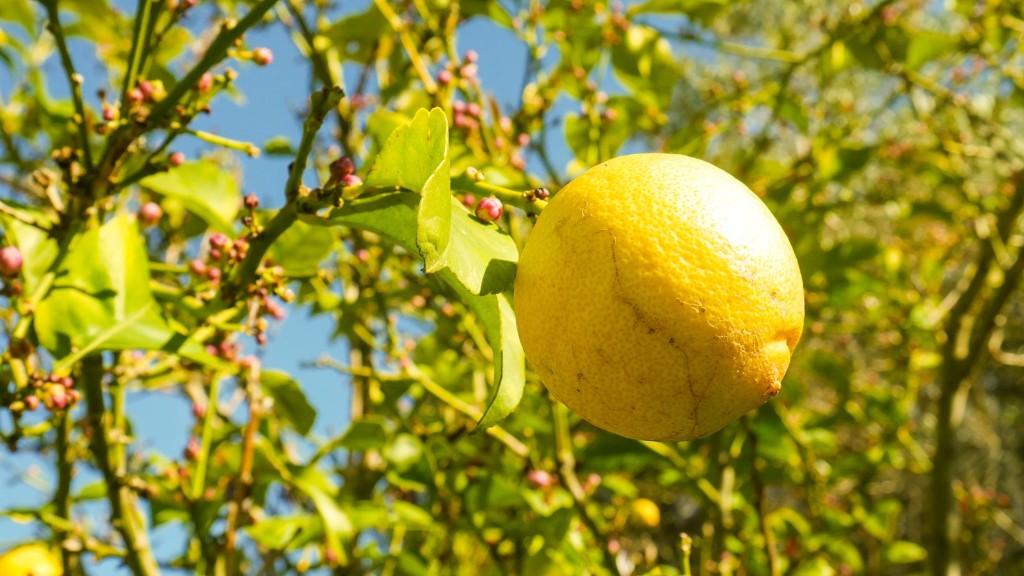Introduction
Cherry Blossom trees are a type of flowering tree belonging to the genus Prunus, which also includes apricots, peaches, and almonds. These trees are a favorite of gardeners and horticulturists alike due to their beautiful bloom and vibrant color. Native to the Eastern Hemisphere, these stunning trees are often found in Japan, China and Korea, and much of the United States. While Cherry Blossom trees are a popular staple of many gardens around the world, it is important to know and understand their characteristics beyond merely their beauty in order to ensure that they remain healthy and vibrant.
Appearance
Cherry Blossom trees typically grow to heights between 15-27 feet, with a spread of 8-25 feet wide. These trees have a generally rounded canopy with slender, regularly spaced branches and grow in a vase-shape. Their leaves are simple and ovate with a finely serrated margin. The tree’s trunk is slender and the bark is smooth.
Flowering
The flowers of Cherry Blossom trees become a spectacular show of pink and white blooms in the spring for brief periods. The tree has five petals and a five-lobed calyx with a noticeable boss of white stamens in each flower. As they age, they will darken to a deep pink before they eventually fall off.
Growth & Maintenance
Cherry Blossom trees prefer full sun and well-drained soils. They are generally moderate to low maintenance, needing little more than a moderate watering schedule, with wetter conditions to insure good flowering and growth, and occasional pruning to maintain the desired shape of the tree.
Fruit & Edibility
The tree produces small oblong drupes that contain a single seed each. While these cherries are generally not consumed by humans as they eaten by other animals, they are known as a sweet treat for birds, squirrels, and other small mammals.
Uses
Cherry Blossom trees are often found in both private gardens and public parks. They are a favorite for landscaping due to their ornamental value. The wood from the tree is very hard and is used in making furniture and musical instruments. The flowers from the tree can be used to make extracts which are commonly found in skin care products and aromatherapies.
Symbolism
Cherry Blossom trees are incredibly symbolic. In East Asian countries, these trees have been celebrated for centuries, due to their complex beauty and the reminder of life’s transience. Cherry Blossom trees have been memorialized in various forms of art and literature, such as poetry and paintings. In Japan, the Sakura tree is a symbol of renewal and renewal after struggle, with its roots in Japanese mythology and tradition.
Climate & Locations
Cherry Blossom trees can be found in regions of North America and Eurasia, from the southern edge of Siberia, through China, to the southwestern United States. They can also be found in parts of Central America, even though it is not their native environment. They prefer cooler climate with a long winter in order to produce blooms in the spring.
Cultural Significance
In East Asian countries, Cherry Blossom trees are steeped in cultural significance and symbolism. They are a beloved part of many traditional festivals and ceremonies, such as Japan’s Hanami. Additionally, the Cherry Blossom tree is significant to the broader cultures of East Asia, representing beauty, nature, and the fragility of life.
Conservation Efforts
Cherry Blossom trees are an important part of both local and global ecosystems. As a result, conservation organizations around the world have made efforts to ensure their continued existence. In the United States, the National Park Service has made it a key part of their mission to protect native specimens of Cherry Blossom trees. Additionally, many non-profit organizations are actively working to protect the trees from pests and diseases.
Conclusion
Cherry Blossom trees are an iconic part of many cultures and landscapes around the world. Their stunning blooms and vibrant colors have been celebrated for centuries. Understanding the tree beyond merely its aesthetics is key to its continued survival and well-being. With proper care and attention, these beautiful trees can continue to grace us with their presence, offering a reminder of life’s beauty.


